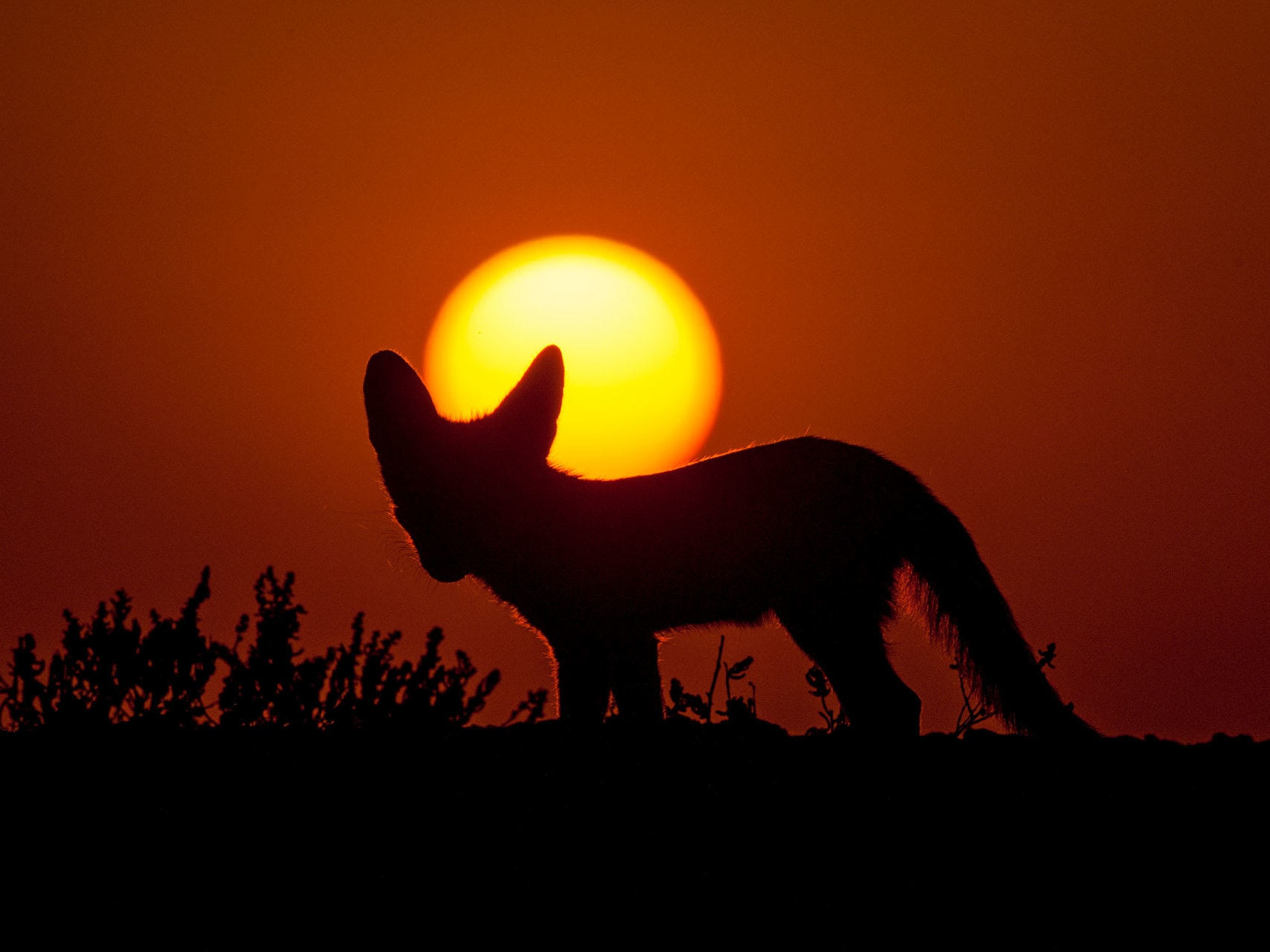 Listen to this article
•
15:34 min
Listen to this article
•
15:34 min
Even in the best of times, life in Rajasthan’s Thar Desert is hard. Long days of near unbearable heat, followed by cold, dry nights can leave any living thing parched. But nature has its way around what seems impossible, and this desert has many inhabitants. One of these is the tiny white-footed or desert fox (vulpes vulpes pusilla), a subspecies of the red fox.

Desert foxes can be found wandering around sand dunes and semi-dried river beds, where they build their dens. They are no bigger than a house cat, with a long, bushy tail. Their coats are a mix of sandy, white, and grey, with darker shadings and markings—the perfect camouflage in the desert environment. They can be differentiated from other fox species by their white tail-tip. Beady eyes and a small snout give them an endearing, almost adorable look.
But don’t let their small size and cute features fool you. Having adapted to the fierce conditions of the desert, this fox is a true survivor. Large ears amplify the slightest sound and help them catch prey, while their long hind legs help them escape predators, such as eagles. While traveling through the desert they can sometimes be seen relaxing in the shade of desert shrubs and vegetation. At other points, they hide underground—spending time in the dens they dig up. They are no-fuss eaters who know how to make do with what is available. They are omnivores consuming almost everything from berries and plants to desert rodents, insects, spiders, small birds, and lizards, like the spiny tail.
Pups of the desert fox are a sight for sore eyes. They are born approximately 50 days after mating, the season for which runs from November through February. It’s not uncommon to see multiple adult females nursing the newborns, usually six or seven in a litter. The pups are vulnerable and will only get to see the outside world after being cared for by the parents for three to four months. Since the adults are so protective of their pups in the early months, it is quite a charming sight to watch pups experience their surroundings for the first time.

Desert foxes aren’t only found in the desert. You can also find them in dry, deciduous forest areas in Rajasthan and Gujarat, and in the barren Rann of Kutch. Even though their population is not threatened, the population of desert foxes has been in decline over the last decade. Cultivation and urbanization of lands has reduced their habitat areas and that threat will only get worse in the future. One of the biggest threats the desert fox faces is disease from domestic animals like dogs, which prove fatal to them. They are highly adaptable and have strong survival skills, but we have to help our furry friends flourish, by maintaining their habitat and keeping dogs far from them.
SPOT THEM: Desert fox can be seen in the Desert National Park and Tal Chhapar Sanctuary (specially the Guashala region) in Rajasthan. Gujarat’s Wild Ass Wildlife Sanctuary, in the Little Rann of Kutch, also hosts the desert fox.









